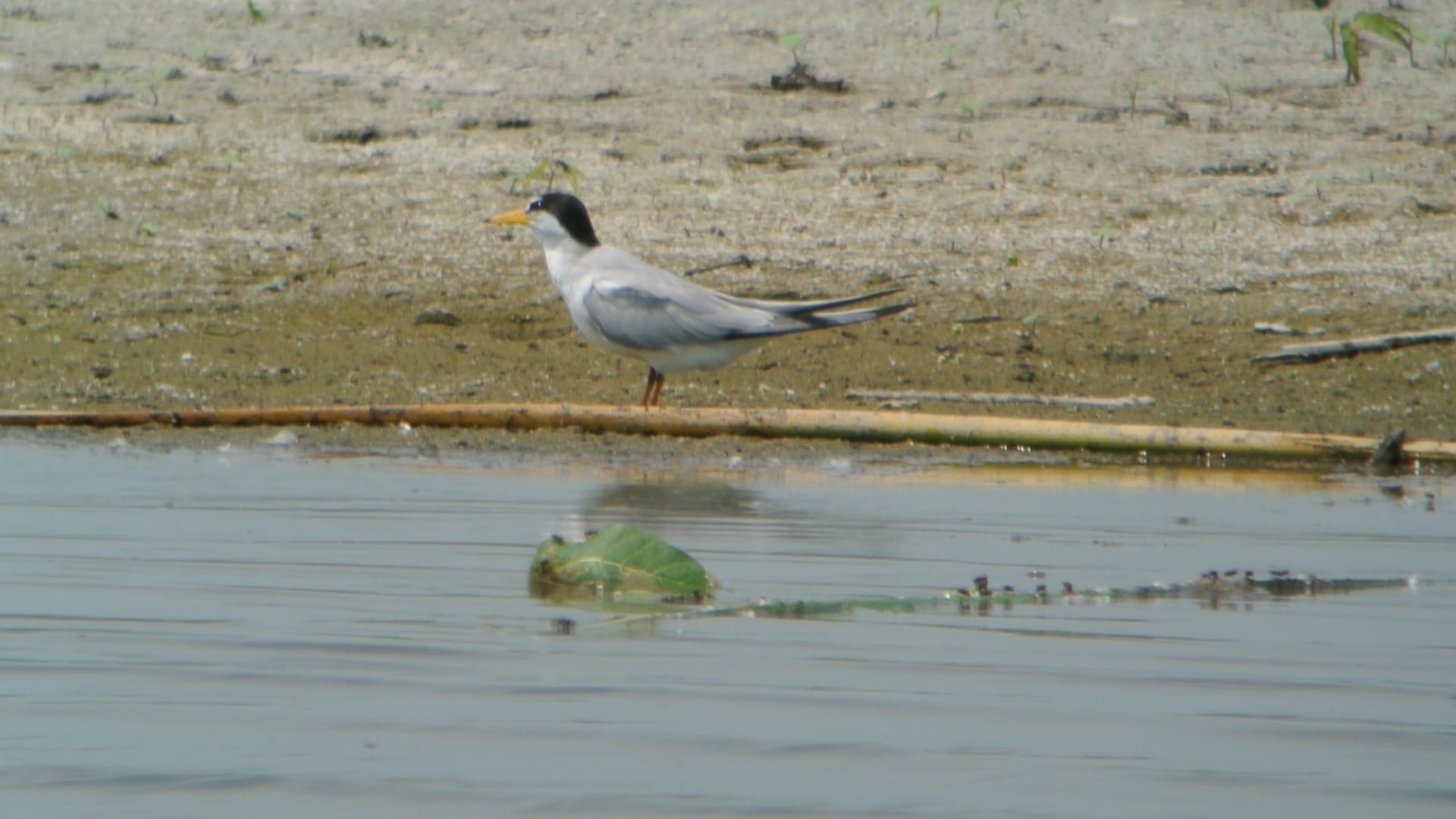Least Tern
A species of Small terns, Also known as Lesser Tern Scientific name : Sternula antillarum Genus : Small terns
Least Tern, A species of Small terns
Also known as:
Lesser Tern
Botanical name: Sternula antillarum
Genus: Small terns
Content
Description People often ask General Info
 Photo By Andy Reago & Chrissy McClarren , used under CC-BY-2.0 /Cropped and compressed from original
Photo By Andy Reago & Chrissy McClarren , used under CC-BY-2.0 /Cropped and compressed from original Description
The least tern (Sternula antillarum) is a species of tern that breeds in North America and locally in northern South America. It is closely related to, and was formerly often considered conspecific with, the little tern of the Old World. Other close relatives include the yellow-billed tern and Peruvian tern, both from South America. It is a small tern, 22–24 cm (8.7–9.4 in) long, with a wingspan of 50 cm (20 in), and weighing 39–52 g (1.4–1.8 oz). The upper parts are a fairly uniform pale gray, and the underparts white. The head is white, with a black cap and line through the eye to the base of the bill, and a small white forehead patch above the bill; in winter, the white forehead is more extensive, with a smaller and less sharply defined black cap. The bill is yellow with a small black tip in summer, all blackish in winter. The legs are yellowish. The wings are mostly pale gray, but with conspicuous black markings on their outermost primaries. It flies over water with fast, jerky wingbeats and a distinctive hunchback appearance, with the bill pointing slightly downward. It is migratory, wintering in Central America, the Caribbean and northern South America. Many spend their whole first year in their wintering area. It has occurred as a vagrant to Europe, with one record in Great Britain. It differs from the little tern mainly in that its rump and tail are gray, not white, and it has a different, more squeaking call; from the yellow-billed tern in being paler gray above and having a black tip to the bill; and from the Peruvian tern in being paler gray above and white (not pale gray) below and having a shorter black tip to the bill. 
Size
20-23 cm (8-9 in)
Colors
Black
Gray
White
Life Expectancy
24 years
Nest Placement
Ground
Clutch Size
1 - 3 eggs
Incubation Period
1 brood
Number of Broods
19 - 25 days
Nestling Period
1 - 2 days
Feeding Habits
Least Tern mainly consume small fish such as sandlance, herring, and anchovy. They employ a hover-and-plunge technique in shallow waters for hunting, occasionally eating shrimp, tadpoles, and insects. They notably feed chicks and mates with their catch and adjust their diet to available prey, including insects during El Niño or kelpfish in certain locales.
Habitat
Least Tern inhabit coastal areas like sea beaches, bays, and riverbanks, as well as salt flats. They prefer open landscapes with little vegetation and adapt to alternative nesting areas, such as gravel rooftops, when needed. They nest in colonies on sandy or shelly grounds and forage in diverse aquatic habitats, from marine to freshwater. Least Tern are loyal to nesting sites but may relocate due to environmental changes. During migration, they frequent South American coastal regions and estuaries.
Nest Behavior
Both sexes of least Tern make scrapes, but the female selects the final site, timing their single clutch to local conditions; after laying, both parents share incubation and chick-rearing duties.
Nest Characteristics
Least Tern nests are shallow scrapes about 4 inches wide and 0.8 inches deep, often adorned with pebbles, shells, or vegetation, typically located near other species' nests in well-drained sites close to foraging areas.
Dite type
Piscivorous
People often ask
General Info
Feeding Habits
Bird food type
Sounds
Call
Recording location: United States
Behavior
Least Tern engage in monogamous relationships, often remaining with the same partner across different breeding seasons. Their daily activities primarily revolve around foraging for small fish and invertebrates, which involves diving swiftly into the water from flight. They favor open habitats near water bodies for nesting and feeding. Colonies can be observed engaging in intricate courtship displays and rituals, often initiating and strengthening pair bonds on remote courting grounds before returning to the colony site to nest. Least Tern's distinct behavior includes their communal nesting, which provides numerous advantages such as shared vigilance against predators.
Species Status
Not globally threatened.